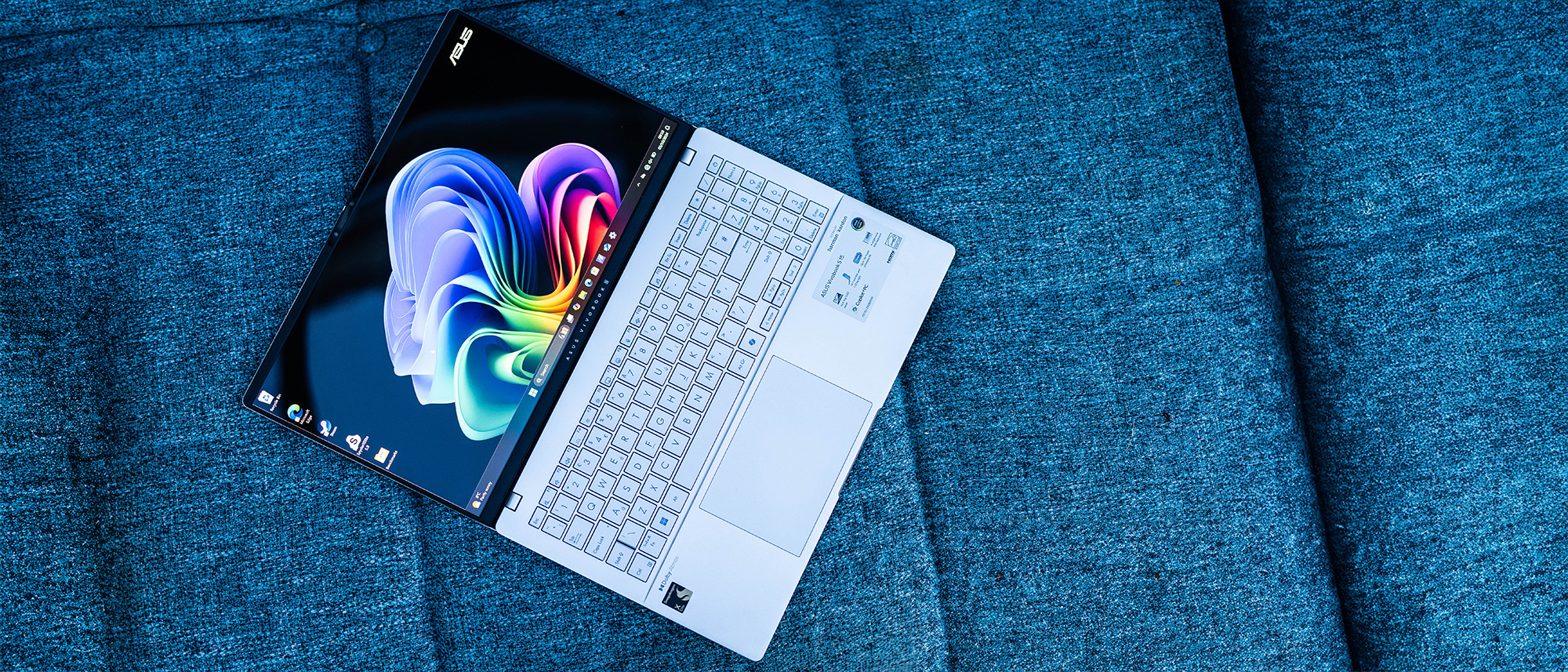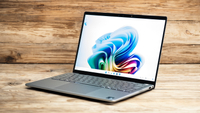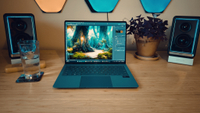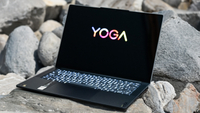Our Verdict
No Snapdragon PC so far has troubled the big list of the best laptops for creatives, and this one from ASUS is no different. That’s not to say it’s a bad machine - it really isn’t - but it suffers from the same software deficiencies as those from other manufacturers. In time, these will lift, and we can’t wait to see what they can do.
For
- Potent Snapdragon processor
- Excellent OLED screen
- Lots of ports
Against
- Only 16GB RAM
- Fixed blue backlight in the keyboard
- The usual Snapdragon deficiencies
Why you can trust Creative Bloq
The new ASUS Vivobook S 15 is yet another recent entry into the Copilot+ cohort of laptops that launched this year. Copilot+ laptops are still in their infancy, with features that haven’t fully launched yet due to security concerns (at the time of writing there's still no Recall) and surely much more to come, but they also make excellent all-round portable PCs, with the combination of plenty of fast processor cores and a battery life that stretches on all day making them very tempting prospects. The integrated Adreno GPU is once again the weak link, but otherwise this is an easy machine to live with. Good enough to make it onto our list of the best AI laptops? Well, we'll see.
ASUS Vivobook S 15: Key specifications
| CPU | Qualcomm Snapdragon X Elite (12-core) |
| GPU | Adreno integrated |
| RAM | 16GB LPDDR5X |
| Screen | 15in OLED |
| Resolution | 2880 x 1620 |
| Refresh rate | 120Hz |
| Colour coverage (stated): | 100% P3 |
| Storage | 1TB SSD + MicroSD |
| Connectivity | Wi-Fi 7, Bluetooth 5.4, 2x USB 3.2 Gen 1 Type-A, 2x USB 4.0 Gen 3 Type-C, 1x HDMI 2.1, 1x 3.5mm headset |
| Dimensions | 35.26 x 22.69 x 1.59 cm |
| Weight | 1.42 kg |
Design and build
The overwhelming feeling you get from looking at the Vivobook S 15 is one of silveryness. It’s metallic to the core, with even the keys taking on the moonlight hue, with the backlight (ours only does blue, for some reason) peeking through the letter cutouts and around the sides.
The aluminium case feels premium and is nice and stiff, but doesn’t have much in the way of what you might call design. There are no flourishes or things that aren’t 100% expected, though the way the screen back lifts up away from the hinges to reveal the rear vent is quite nice. The ASUS Vivobook logo on the lid is silver on silver, and ASUS is one of the few manufacturers to put a fifth foot in the centre of its laptops’ undersides to help support it on a desk, which is nice, but of no use when it’s on your lap. It doesn’t even have the distinctive orange parts we saw on the Vivobook Pro 16X.
So, it’s maybe a little utilitarian, but that’s not to say it’s boring. It’s understated, sleek and walks a tightrope between sleek coolness and businesslike grey. Place it alongside something like the Microsoft Surface Laptop 7 and it looks more expensive than it is, though its look is still beaten by the latest MacBooks.
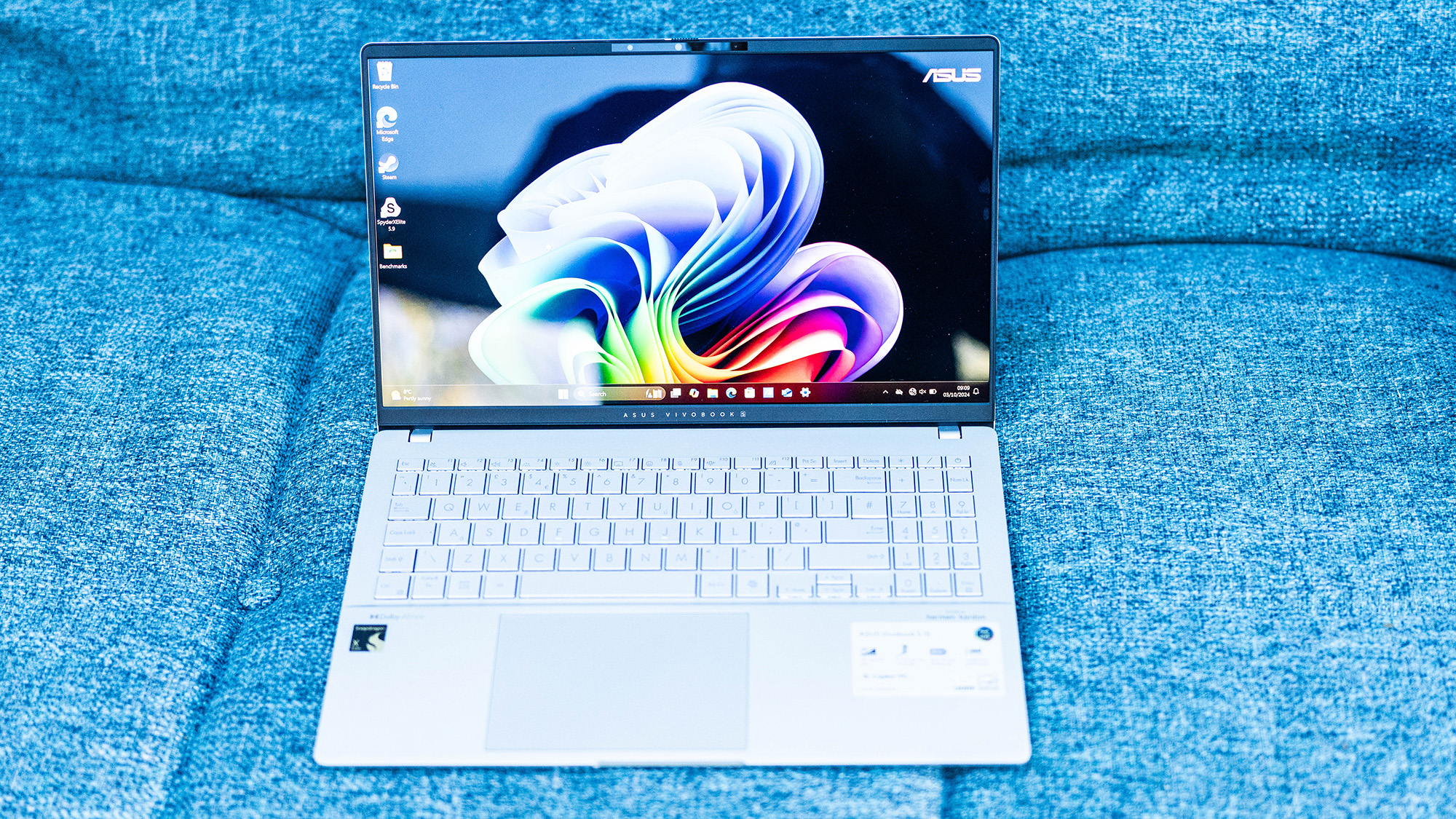
Features
ASUS hasn’t held back on the ports around the Vivobook S 15. You get two USB-A (of the 5Gbps variety) and two USB-Cs that hit USB 4 40Gbps speeds. There's a full-size HDMI 2.1 for those external monitors and projectors, plus a microSD slot that photographers will wish was full-size.
The trackpad ships with a sticker on it explaining that you can use its edges to slide things like volume and screen brightness up and down, but you have to remove it before use and it’s the kind of thing you’ll soon forget. It’s not a bad trackpad to use, thought we’ve seen larger, but doesn’t suffer from the tendency of cheaper models to become unstable when you’re trying to use it while carrying the laptop - the chassis is stiff enough to prevent this.
Speaking of brightness, the OLED screen has plenty of it, and the MyAsus software that comes preinstalled allows you to switch between various settings including Display P3, sRGB, and the mysterious ‘normal’. There are also eye care and manual colour temperature settings, which are nice to see. At 3K resolution it’s plenty sharp too, though unlike many other Copilot+ machines it’s not a touchscreen.
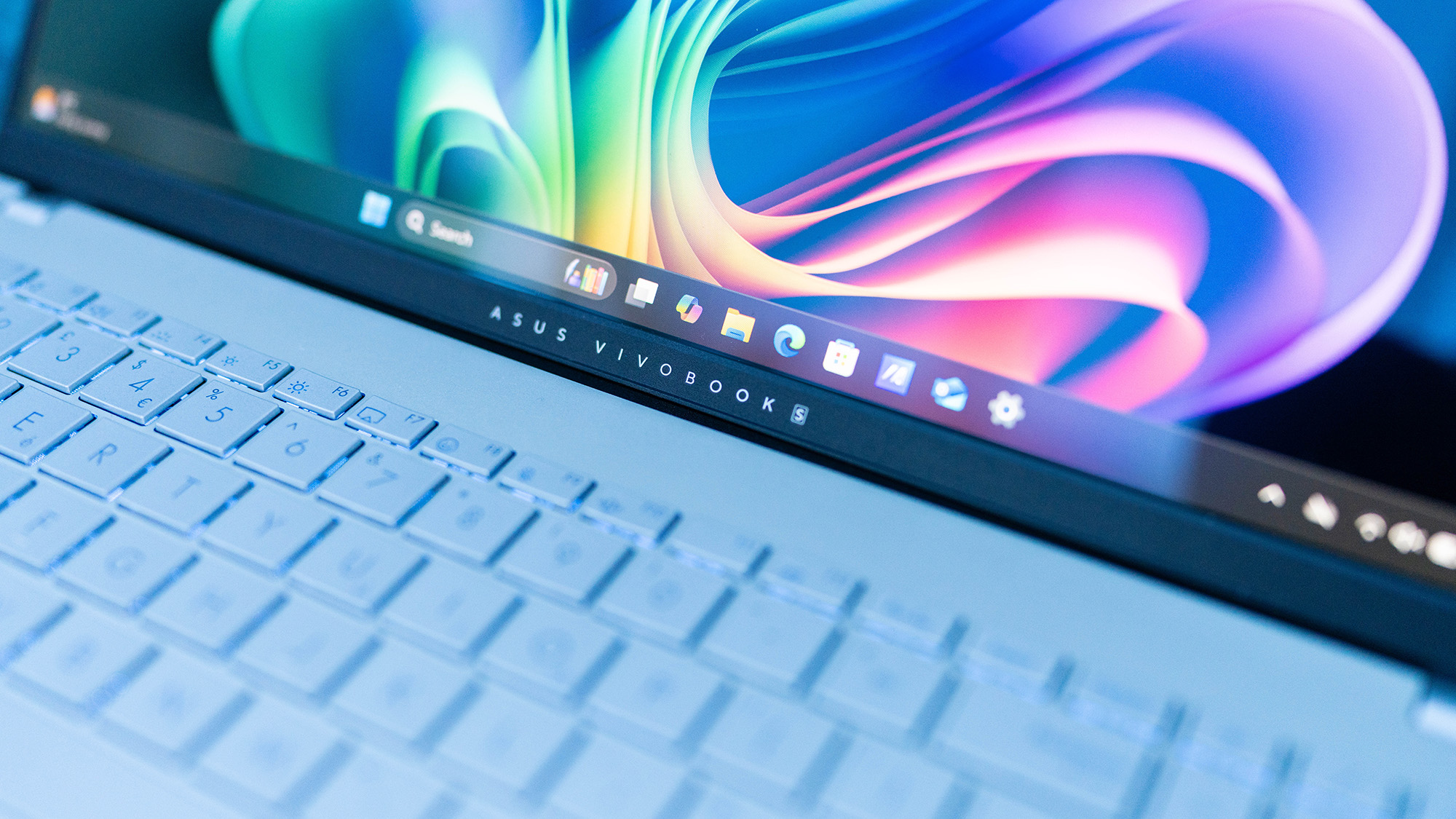
Benchmark scores
| Cinebench 2024 | Row 0 - Cell 1 |
| Multi-core | 842 |
| Single core | 107 |
| GPU | n/a |
| Geekbench 6 | Row 4 - Cell 1 |
| Multi-core | 11422 |
| Single core | 2453 |
| GPU (OpenCL) | 15550 |
| AI (ONNX) | 1698 single precision |
| PCMark 10 | Row 9 - Cell 1 |
| Applications | 11703 |
| Battery | 13h 47m |
| 3D Mark | Row 12 - Cell 1 |
| Night Raid | 26127 |
| Fire Strike | 6028 |
| Time Spy | 1890 |
| Handbrake | 4m 29s, 71.4fps |
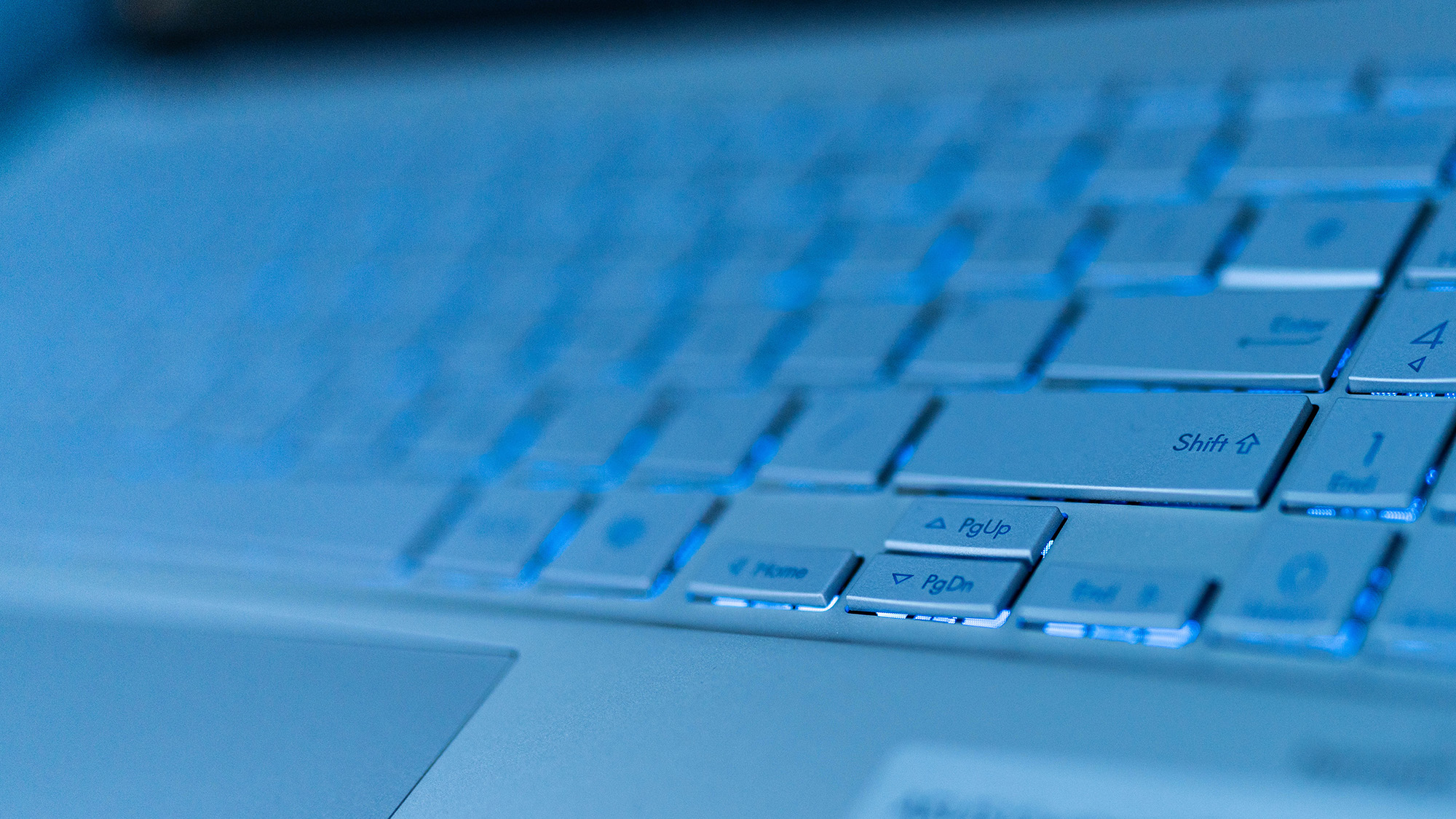
Performance
The obvious point of reference to compare the Vivobook S 15 to is the similarly specced Microsoft Surface Laptop 7 (which had 32GB of RAM in the version we tested rather than the 16GB here). In Cinebench 2024 the two are neck-and-neck, scoring 842 and 841 respectively in the multi-core rendering test. A third competitor, the AMD Ryzen AI 9 HX 370 in the ASUS ProArt PX13 (a smaller, 13-inch laptop with less room for cooling, but also with 32GB RAM), lags behind here with a multi-core score of 803.
The Vivobook beats the Surface by seven points in single-core Cinebench rendering, but in the PC Mark 10 Applications test, which uses Microsoft Office and Edge to simulate common uses of the PC, the ASUS (11,703) is left behind by the Surface (18,918). Whether this is some special sauce MS is able to add when using its own software on its hardware, we couldn’t say.
In another multi-core test, Geekbench 6, the three laptops post different scores. In the lead is the Surface with 15,019, followed by the ProArt at 13,295, then the Vivobook at 11,422. The X86 processor sitting between the two Arm chips like that tells you how evenly matched the current top-end laptop CPUs are when doing general-purpose work that doesn’t take advantage of any specialised circuitry they may have, and the Surface Laptop 7’s lead in many tests may come down to something as prosaic as a better fan or having twice as much RAM.

But if there's one thing that Arm chips can do that X86 CPUs can’t keep up with, it’s sipping power. The endurance of Apple’s M-series is well-known, and Intel is scrambling to catch up. The Surface Laptop managed 9h 21m in our tests. The Samsung Galaxy Book 4 Ultra, with its Intel Core Ultra 9 185H processor, kept going for 12h 48m (but lasts much less time when you fire up its Nvidia GPU in a gaming benchmark). The M2 MacBook Air 15in supplied a sliver over 17 hours of life. And the Vivobook S 15?
It gave up after almost 14 hours of constant use with the screen on and with the processor set to performance mode. That’s lower than the 15h 38m clocked by the Dell Inspiron 14 Plus, but an excellent result nonetheless.
Then, with our colourimeter clamped to its screen like a xenomorph facehugger, colour response figures erupted from it. The OLED screen in Display P3 mode was able to display 100% of sRGB, 90% of Adobe RGB and 97% of P3, and you might be able to do better than that if you tweak the settings manually. Brightness hit 400 nits.
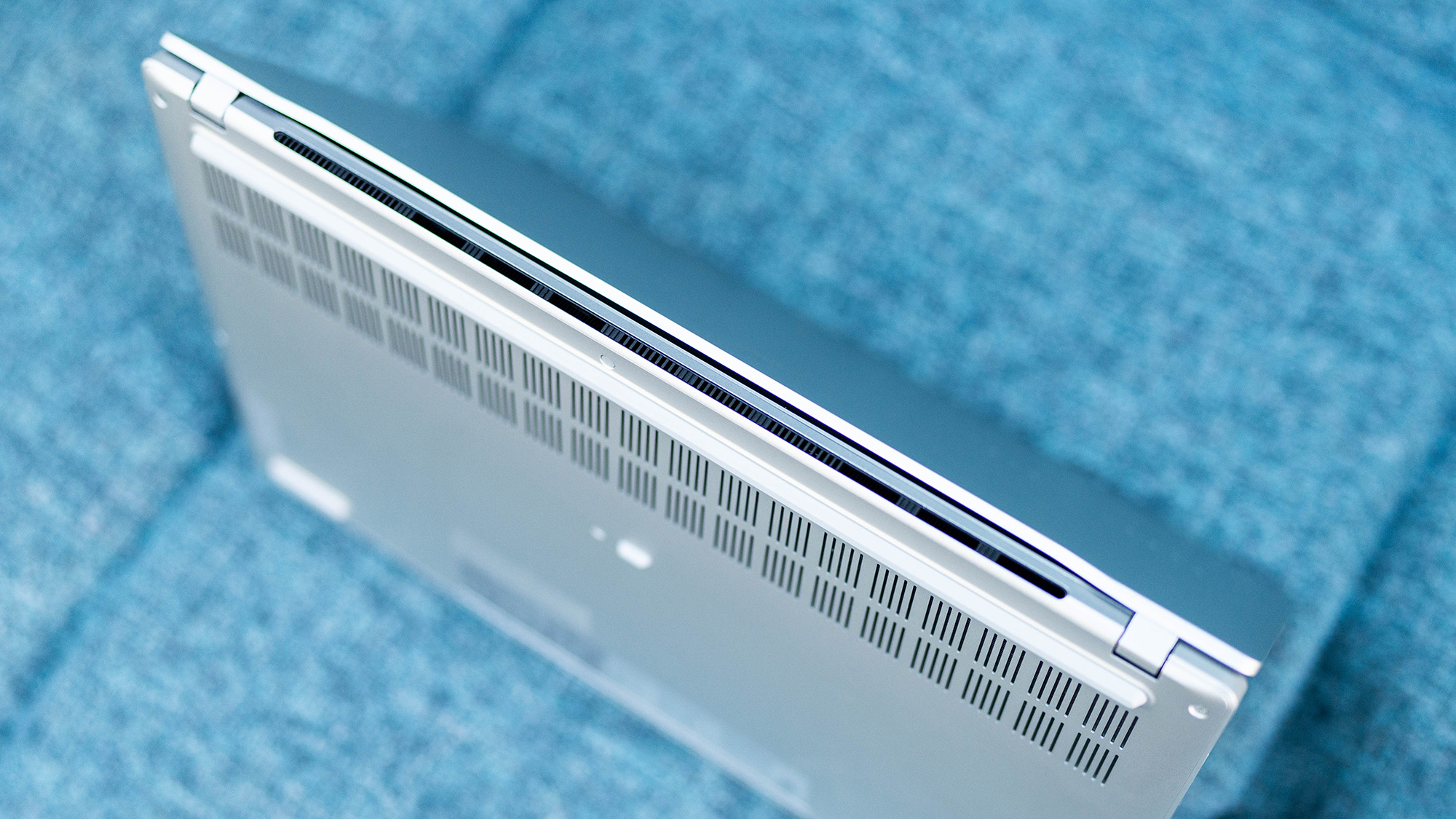
Price
The ASUS Vivobook S 15 costs £1,199 in the UK, and $1,299 in the US on ASUS' official site. Spec up a Microsoft Surface Laptop 7, which has the same Snapdragon Elite chup inside it, to match the Vivobook S 15, and you’ll get to £1,749/$1,699. The fact that you’re saving hundreds of your local currency by getting the ASUS machine is significant, and positions Copilot+ as something that’s not only found in the most expensive laptops.
This said, there are few reasons beyond battery life for getting a Snapdragon machine right now, and Intel’s latest chips (as seen in the Samsung Galaxy Book 4 Ultra) are catching up, so unless you have a particular need for the AI features, there are a lot of other laptops at this price point that are worth exploring.
Who is it for?
This isn’t a laptop with a powerful GPU, so until utilisation of the NPU becomes better for generative effects in Creative Cloud - which still at the time of writing has issues with Snapdragon laptops more generally, with some apps yet to be fully updated to use them - then the Vivobook S 15 is going to be a slightly tough sell for a studio environment. It’s still an excellent Photoshop machine with a long battery life and a full-size HDMI that makes it easy to attach to projectors or TVs, and it runs Office apps wonderfully, so it might be a good choice for a photographer who’s on the road, a web developer working from a hotel, or for use when pitching to clients.
Buy it if
- You want good battery life
- Copilot+ is intriguing
- You need a bright, colour-accurate screen
Don't buy it if
- You can’t wait for the software to catch up
- You need a hotter GPU
- You want a touchscreen or 2-in-1
Also consider
A businesslike Snapdragon laptop that’s cool, quiet, and has a touchscreen.
Gorgeous-looking Intel laptop with an OLED touchscreen.
A Snapdragon OLED 2-in-1 at the same price level as the Vivobook S.
out of 10
No Snapdragon PC so far has troubled the big list of the best laptops for creatives, and this one from ASUS is no different. That’s not to say it’s a bad machine - it really isn’t - but it suffers from the same software deficiencies as those from other manufacturers. In time, these will lift, and we can’t wait to see what they can do.

Ian Evenden has been a journalist for over 20 years, starting in the days of QuarkXpress 4 and Photoshop 5. He now mainly works in Creative Cloud and Google Docs, but can always find a use for a powerful laptop or two. When not sweating over page layout or photo editing, you can find him peering at the stars or growing vegetables.
